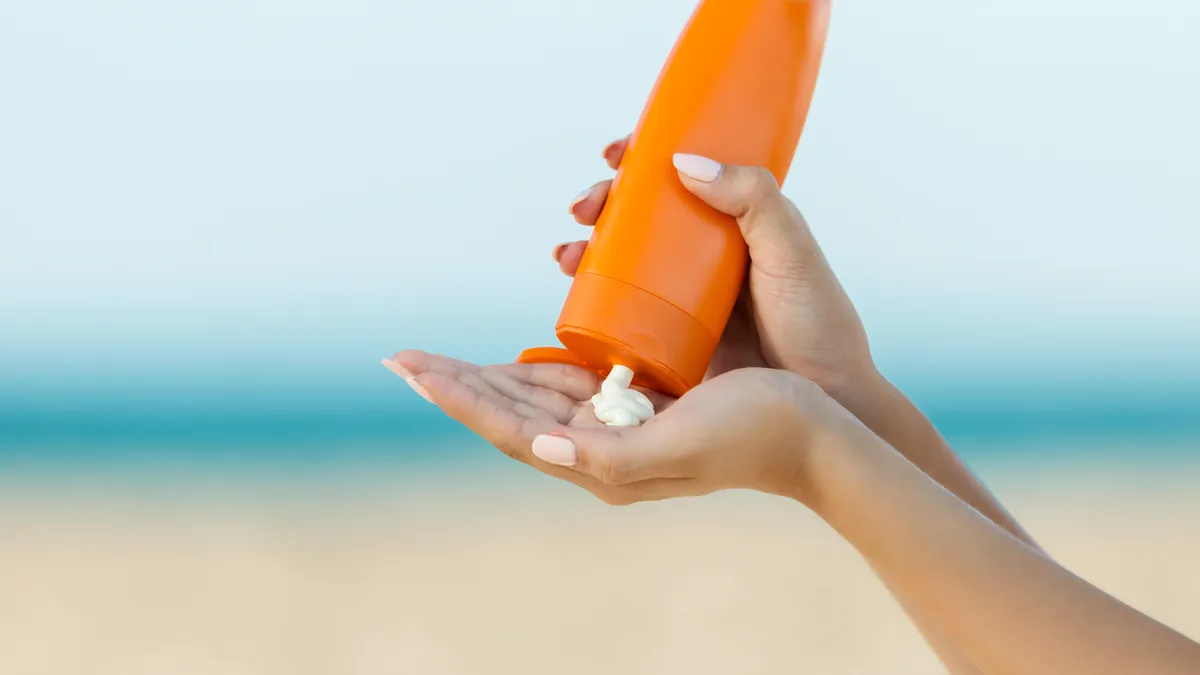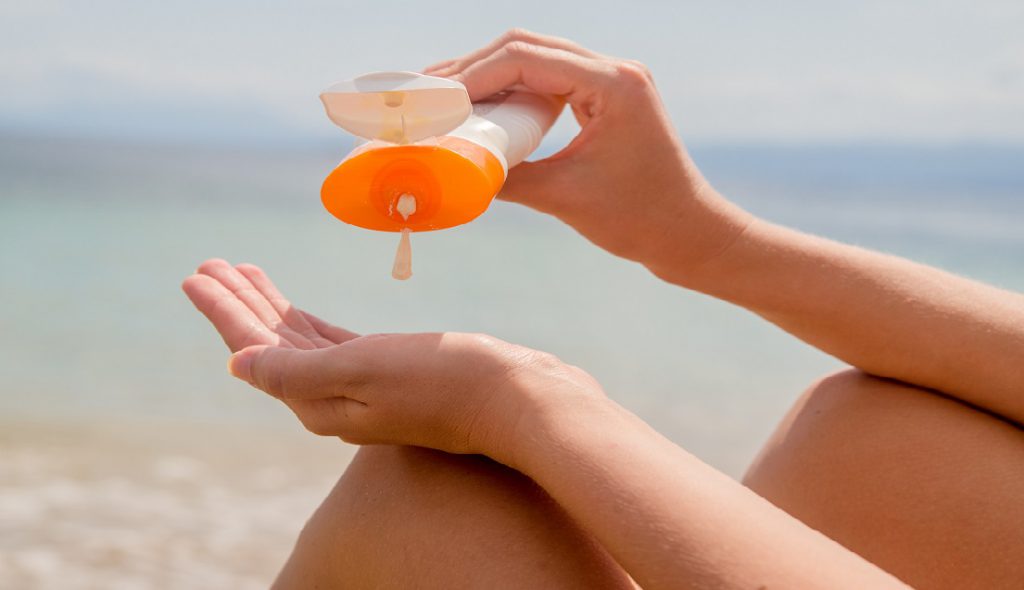The sunscreen aisle can feel overwhelming, especially with conflicting information about safety swirling online. Recent studies reveal that only 25% of sunscreens on U.S. store shelves meet safety and effectiveness standards. While social media claims suggest sunscreen causes cancer, dermatologists emphasize there’s no evidence supporting this dangerous myth.
The reality is more nuanced: certain chemical ingredients raise legitimate concerns, but abandoning sun protection entirely poses far greater risks. With skin cancer affecting over 3.3 million Americans annually, understanding which sunscreens to trust—and which ingredients to avoid—has never been more critical for protecting your family’s health.
The Current State of Sunscreen Regulation
Federal sunscreen regulations have remained largely unchanged since 1999, leaving consumers vulnerable to misleading marketing claims. The Environmental Working Group’s 2025 analysis of over 2,200 sunscreen products found that most fall short of providing adequate protection.
The FDA has struggled to keep pace with evolving formulations. In 2019, they proposed new safety testing requirements for spray sunscreens due to inhalation risks and uneven application, but these rules remain unfinalized. This regulatory gap becomes particularly concerning when considering that spray products account for 26% of all SPF offerings in 2025.
Between 2021 and 2023, multiple sunscreen sprays were recalled due to benzene contamination—a known carcinogen. Yet these problematic products continue flooding the market, highlighting the urgent need for updated safety standards.
Chemical Ingredients: What the Research Shows
The FDA’s own research revealed surprising absorption levels of common sunscreen chemicals. Six active ingredients were absorbed into subjects’ bodies at levels far beyond the FDA’s threshold of concern. Some remained elevated for three weeks after the application stopped.
Ingredients of Concern
Oxybenzone poses the greatest risk, with blood concentrations reaching 180 times the FDA’s safety threshold after a single application. After four days of recommended use, levels soared to 500 times the threshold. This hormone disruptor has been found in breast milk and is linked to reproductive health issues.
Octinoxate and avobenzone also raise red flags. These chemicals penetrate the skin, enter the bloodstream, and may disrupt hormonal balance. Avobenzone breaks down quickly in sunlight, reducing effectiveness while potentially causing skin irritation.
Homosalate and octocrylene round out the problematic ingredients, with studies detecting them in breast milk, indicating risks extend beyond the user.
Safe Sunscreen Alternatives

The FDA recognizes only two ingredients as “generally recognized as safe and effective”: zinc oxide and titanium dioxide. These mineral sunscreens sit on the skin’s surface rather than absorbing into the bloodstream.
What to Look For:
-
Broad-spectrum protection against UVA and UVB rays
-
SPF 30 or higher for adequate protection
-
Water-resistant formulation for active lifestyles
-
Zinc oxide or titanium dioxide as active ingredients
Dermatologists emphasize that sunscreen prevents 50% of melanomas and 40% of squamous cell carcinomas when used daily. The benefits of proper sun protection far outweigh the potential risks from chemical ingredients.
Beyond Sunscreen: Comprehensive Sun Safety
While choosing safer sunscreen matters, dermatologists recommend a multi-layered approach to sun protection:
-
Seek shade between 10 AM and 2 PM when UV rays peak
-
Wear protective clothing including long sleeves and wide-brimmed hats
-
Use sunglasses to protect delicate eye area skin
-
Apply sunscreen generously to all exposed skin 15 minutes before sun exposure
Making Informed Choices
Despite legitimate concerns about certain ingredients, abandoning sunscreen entirely is dangerous. The American Academy of Dermatology states that current scientific evidence doesn’t show any sunscreen ingredients available in the US are harmful to human health.
Choose mineral-based formulations when possible, avoid spraying sunscreens due to inhalation risks, and remember that consistent sun protection from a young age provides the best defense against skin cancer. When in doubt, consult a dermatologist about the safest options for your skin type and lifestyle.

